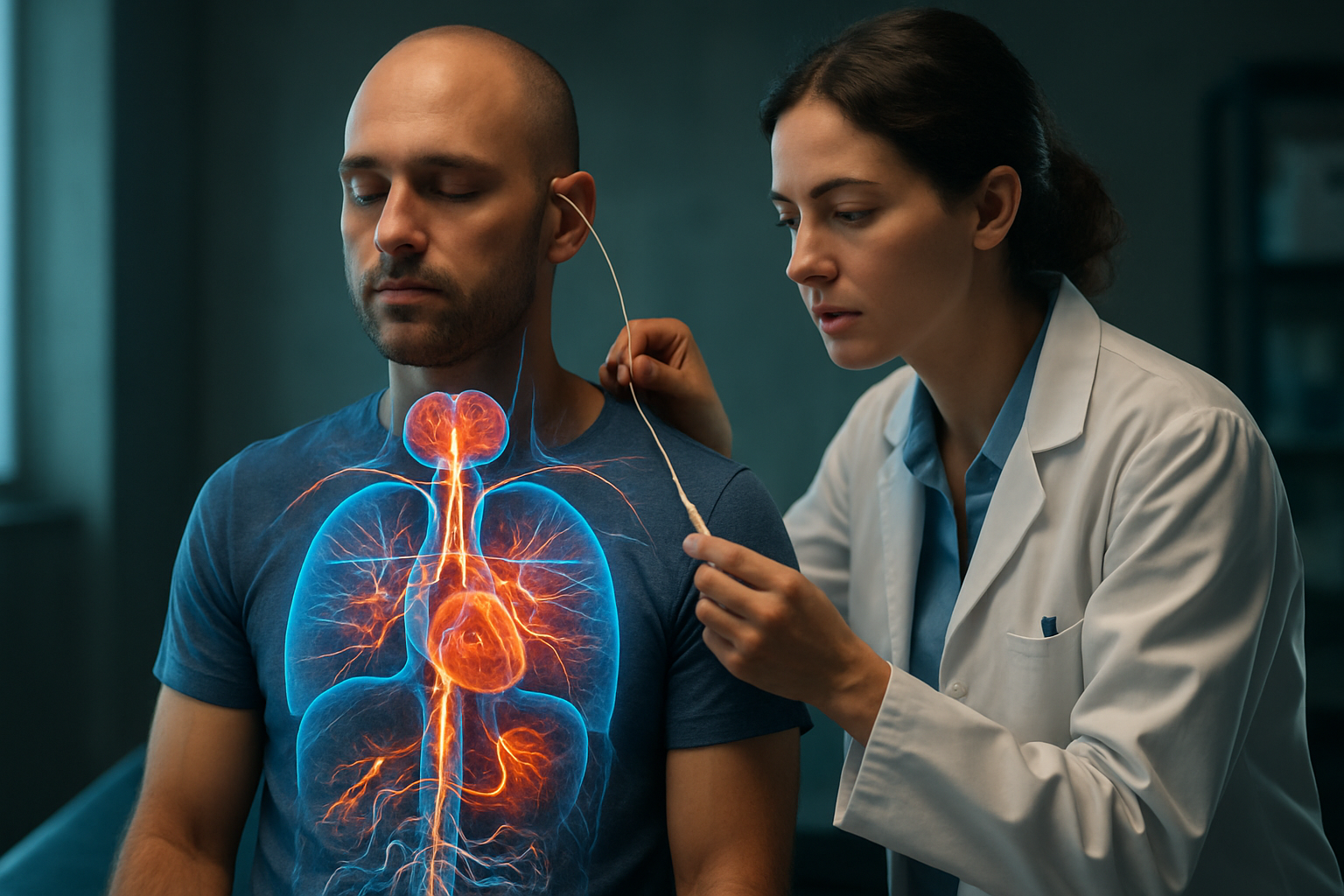5 Symptoms of Hypoparathyroid Disorders Not To Be Ignored
Hypoparathyroid disorders can significantly impact a person's health and quality of life. These conditions occur when the body produces insufficient parathyroid hormone, leading to an imbalance in calcium levels. Recognizing the early warning signs is crucial for timely diagnosis and effective treatment. In this article, we'll explore five key symptoms of hypoparathyroid disorders that should not be overlooked, helping you understand when it's time to seek medical attention.

What is a hypoparathyroid disorder?
A hypoparathyroid disorder is a condition characterized by insufficient production or action of parathyroid hormone (PTH) in the body. The parathyroid glands, located in the neck near the thyroid gland, are responsible for producing PTH, which plays a vital role in regulating calcium levels in the blood and bones. When these glands fail to produce adequate amounts of PTH, it can lead to various symptoms and complications due to low calcium levels in the body.
What are the early warning signs of hypoparathyroidism?
Hypoparathyroidism can manifest with several early warning signs that may be subtle at first. These initial symptoms often include fatigue, muscle aches, and tingling sensations in the fingers, toes, or lips. Some individuals may also experience mood changes, such as irritability or anxiety. Additionally, dry skin and brittle nails can be early indicators of calcium imbalance. It’s important to note that these symptoms can be associated with various other conditions, so proper medical evaluation is crucial for an accurate diagnosis.
What are the 5 symptoms of hypoparathyroid disorders not to be ignored?
-
Muscle cramps and spasms: One of the most common and noticeable symptoms of hypoparathyroidism is the occurrence of frequent and severe muscle cramps or spasms. These can affect various parts of the body, including the hands, feet, arms, and legs. In some cases, the muscles of the face may also be affected, leading to facial twitching or spasms.
-
Tingling and numbness: Paresthesia, or the sensation of tingling and numbness, is another significant symptom that should not be overlooked. This feeling often occurs in the fingers, toes, and around the mouth. In more severe cases, it can extend to the hands, feet, and other parts of the body. Persistent or recurring paresthesia should prompt a medical consultation.
-
Seizures or convulsions: In cases of severe calcium deficiency due to hypoparathyroidism, seizures or convulsions may occur. These episodes can be frightening and potentially dangerous, requiring immediate medical attention. If you or someone you know experiences a seizure, especially if there’s no prior history of epilepsy, it’s crucial to seek emergency medical care.
-
Cognitive and mood changes: Hypoparathyroidism can affect brain function, leading to cognitive difficulties and mood disturbances. Symptoms may include confusion, memory problems, difficulty concentrating, and changes in personality or behavior. Some individuals may experience depression or anxiety. These cognitive and emotional changes can significantly impact daily life and should not be ignored.
-
Laryngospasm: A less common but potentially serious symptom of hypoparathyroidism is laryngospasm, which involves the sudden tightening of the vocal cords. This can cause difficulty breathing, a sensation of choking, and a high-pitched sound when trying to breathe in. Laryngospasm can be alarming and may require immediate medical intervention.
When should you visit a doctor for hypoparathyroid symptoms?
It’s essential to consult a healthcare professional if you experience persistent or recurring symptoms associated with hypoparathyroidism. Seek immediate medical attention if you experience severe muscle spasms, seizures, or difficulty breathing. Regular check-ups are crucial for individuals with a history of thyroid surgery, neck radiation, or autoimmune disorders, as these factors increase the risk of developing hypoparathyroidism. Additionally, if you have a family history of parathyroid disorders, it’s wise to discuss potential risks and monitoring strategies with your doctor.
How is hypoparathyroidism diagnosed and treated?
Diagnosing hypoparathyroidism typically involves a combination of clinical evaluation, blood tests, and sometimes imaging studies. Blood tests are crucial to measure levels of calcium, phosphorus, and parathyroid hormone. In some cases, genetic testing may be recommended to identify inherited forms of the disorder. Urine tests can also help assess calcium excretion and overall kidney function.
Treatment for hypoparathyroidism aims to restore calcium balance and alleviate symptoms. The primary approach involves calcium and vitamin D supplementation to maintain adequate calcium levels in the blood. In some cases, synthetic parathyroid hormone may be prescribed to help regulate calcium metabolism more effectively. Regular monitoring of blood calcium levels is essential to adjust treatment and prevent complications.
Lifestyle modifications, such as following a diet rich in calcium and low in phosphorus, can also support overall management. Some individuals may need to limit their intake of high-phosphorus foods or use phosphate binders. Staying well-hydrated and maintaining regular physical activity can also help manage symptoms and improve overall well-being.
In conclusion, recognizing the symptoms of hypoparathyroid disorders is crucial for timely diagnosis and effective management. By being aware of these five key symptoms – muscle cramps, tingling sensations, seizures, cognitive changes, and laryngospasm – individuals can seek appropriate medical care when needed. Remember, early intervention and proper treatment can significantly improve the quality of life for those affected by hypoparathyroidism.
This article is for informational purposes only and should not be considered medical advice. Please consult a qualified healthcare professional for personalized guidance and treatment.




